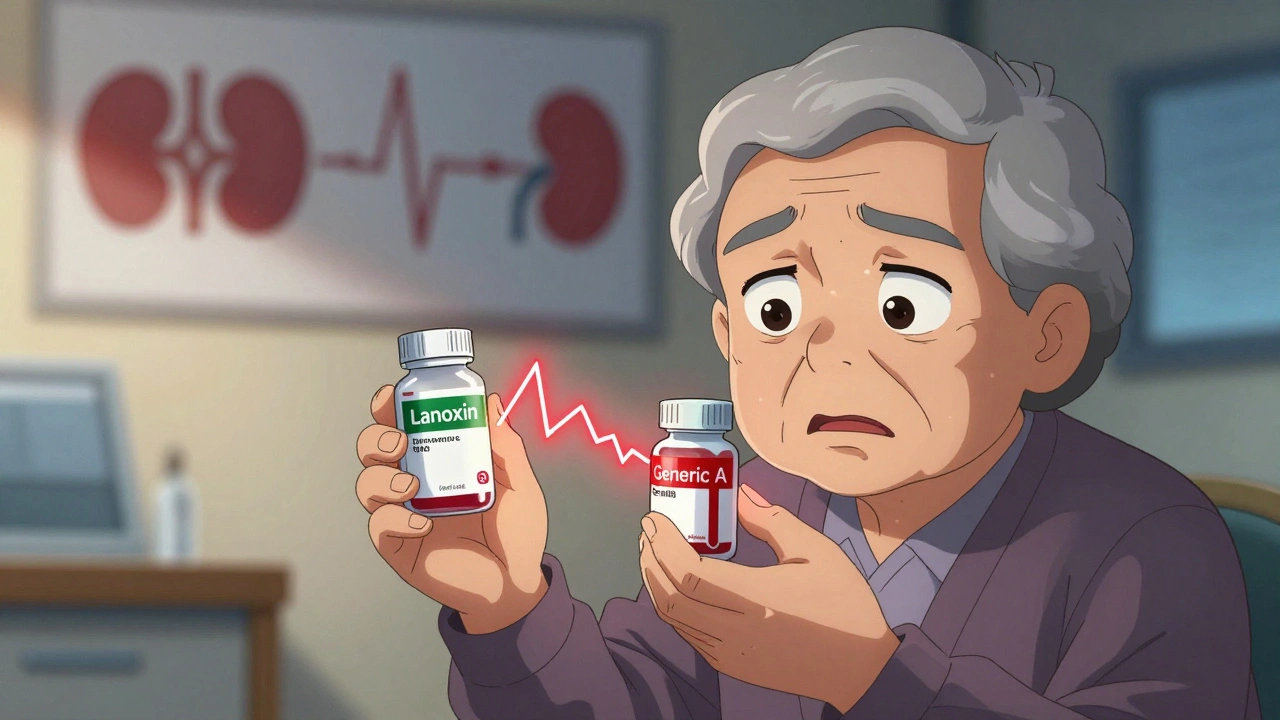When a medication has a Narrow Therapeutic Index, a small difference between a safe dose and a toxic one. Also known as NTI drugs, these medications require extra care because even tiny changes in dosage or how your body absorbs them can lead to serious side effects or treatment failure. Think of it like walking a tightrope—go a little too far one way, and you risk overdose; go too far the other, and the drug doesn’t work at all.
Common warfarin, a blood thinner used to prevent clots is one of the most well-known NTI drugs. A single missed dose or a change in your vitamin K intake can swing your INR levels dangerously. Then there’s levothyroxine, the standard treatment for hypothyroidism. Switching brands or taking it with food can mess with your hormone levels, leaving you tired, anxious, or even at risk for heart problems. And phenytoin, an old-school seizure medicine, behaves differently in every person—its levels are so sensitive to liver enzymes and other drugs that regular blood tests aren’t optional, they’re life-saving.
These aren’t rare edge cases. NTI drugs are used by millions for conditions ranging from epilepsy to heart disease to thyroid disorders. What makes them dangerous isn’t the drug itself—it’s how easily things go wrong. A generic swap, a new antibiotic, even a change in your diet can throw off the balance. That’s why sticking to the same brand, taking pills at the same time every day, and telling every doctor about every med you’re on isn’t just good advice—it’s critical.
The posts below dive into real-world examples of these high-stakes medications. You’ll find guides on managing warfarin food interactions, why generic levothyroxine can be risky if not monitored, and how to avoid dangerous combos with other drugs like antiemetics or antibiotics. Whether you’re on one of these meds yourself or caring for someone who is, this collection gives you the practical, no-fluff info you need to stay safe.

Digoxin generics may be bioequivalent on paper, but small differences in absorption can cause dangerous toxicity or treatment failure. Learn why consistent use and blood monitoring are critical for safe therapy.
View more
Managing therapeutic equivalence in combination drugs requires more than matching active ingredients. Dose differences, inactive ingredients, and narrow therapeutic index drugs can lead to serious risks-even when generics are labeled equivalent.
View more